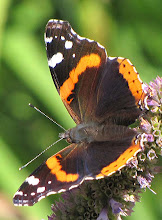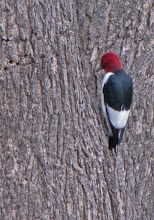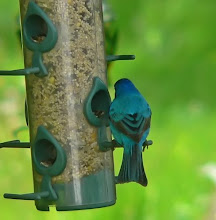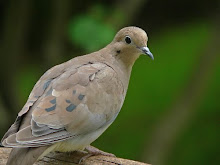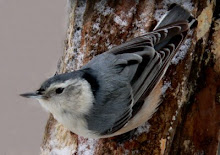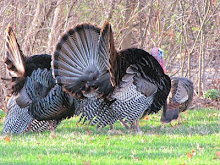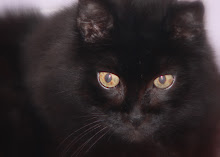"Dirty hands, iced tea, garden fragrances thick in the air and a blanket of color before me, who could ask for more?" ~ Bev Adams
We had a very dry month sandwiched between a wet spring and a flood in late July. The heat began in March and has continued to grow worse with no end in sight. It's very surprising that the garden is not suffering a lot more than it seems to be.
The phlox are all dead headed and getting ready for another bloom cycle. The coneflowers are looking shabby so the swallowtail butterflies are finally noticing the pentas in the butterfly pots. This is a black female Eastern tiger swallowtail. Thanks to the folks on GardenWeb's Butterfly garden forum, I learned to easily tell the difference between her and her Eastern black swallowtail cousins. My July 19 post shows an Eastern Black Swallowtail male.

In the photo below Mardi Gras, a hot colored and long blooming plant that thrives in hot weather--as long as it gets plenty of moisture. In my garden it's surrounded by Rozanne which helps cool down its hot colors. So far none of the butterflies in this area have been at all interested in Mardi Gras.

This was a good year for lilies both Asiatics and Orientals. The last Oriental to bloom is always Stargazer. This year Stargazer is over six feet tall, a little unusual since they usually top out at about four feet in my garden.

This is the first bloom of Siloam Peony Display which was planted last fall. Lots of ruffled petals packed tightly into this golden daylily.

The more austere Joan Sr's first blooms create the illusion of cool. Rozanne geranium makes a good backdrop for the white flowers. Judging by the number of buds on Joan in her first year here, she will be a prolific bloomer. There aren't many blooms left on the daylilies. I always hate to see them go, the absence of their bright colors will leave holes in the late summer garden.

White Waves aren't bothered by heat or dry conditions. Petunias make the most of their brief time in the garden, never complaining they always give a hundred percent. This is my first year using Wave Petunias. They are tireless flowering machines but the colors are uninspired. Hopefully in a few more years the hybridizers will introduce some pretty shading, veining and variety.

The swamp milkweed beetle below has somehow gotten several miles from the nearest swamp:) His coloration is called 'milkweed mimicry" and it is shared by butterflies (monarchs and viceroys) and other insects that eat milkweed. Predators such as birds learn early in life that this color combination is poisonous and will make them sick if eaten.

OOPS, just realized I published this a day ahead of my usual Thursday posting day. Oh well:)
Hope you are having better gardening weather than we are here in northern Illinois. Have a great weekend.
Hope you are having better gardening weather than we are here in northern Illinois. Have a great weekend.



















































